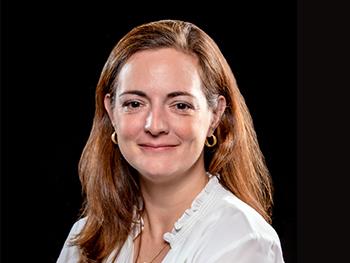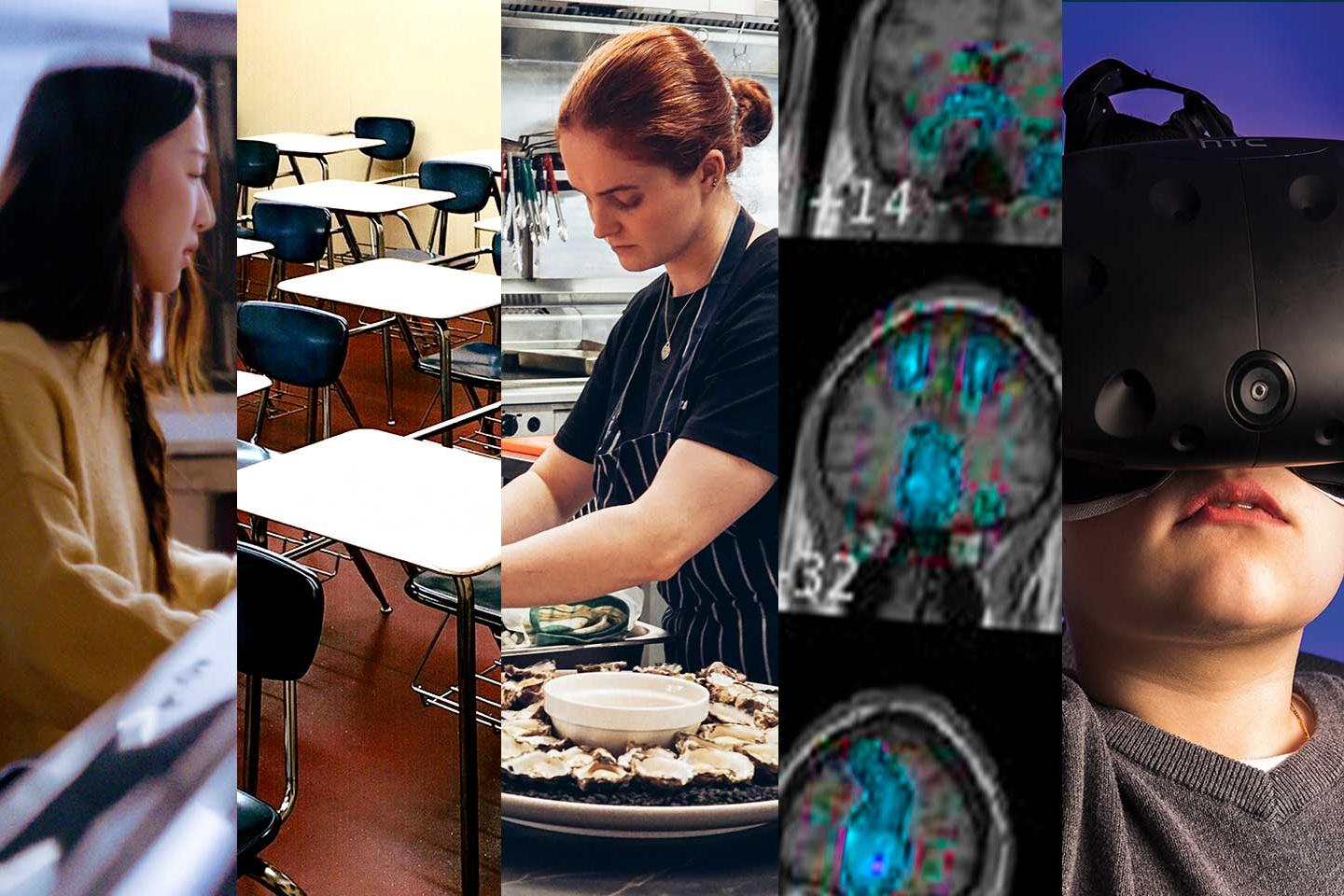
Center for Autism Research
Improving Quality of Life for Neurodiverse Individuals
People on the autism spectrum may communicate, interact, behave, and learn in ways that are different from neurotypical people. These differences can result in difficulties with social functioning, including interactions with family, employers, educators, and community members. Scientists at Kessler Foundation are developing accessible and evidence-based research that provides new interventions for children, adolescents, and adults on the spectrum, with particular focus on the critical transition from adolescence to adulthood.
Center Leadership
Center Leadership
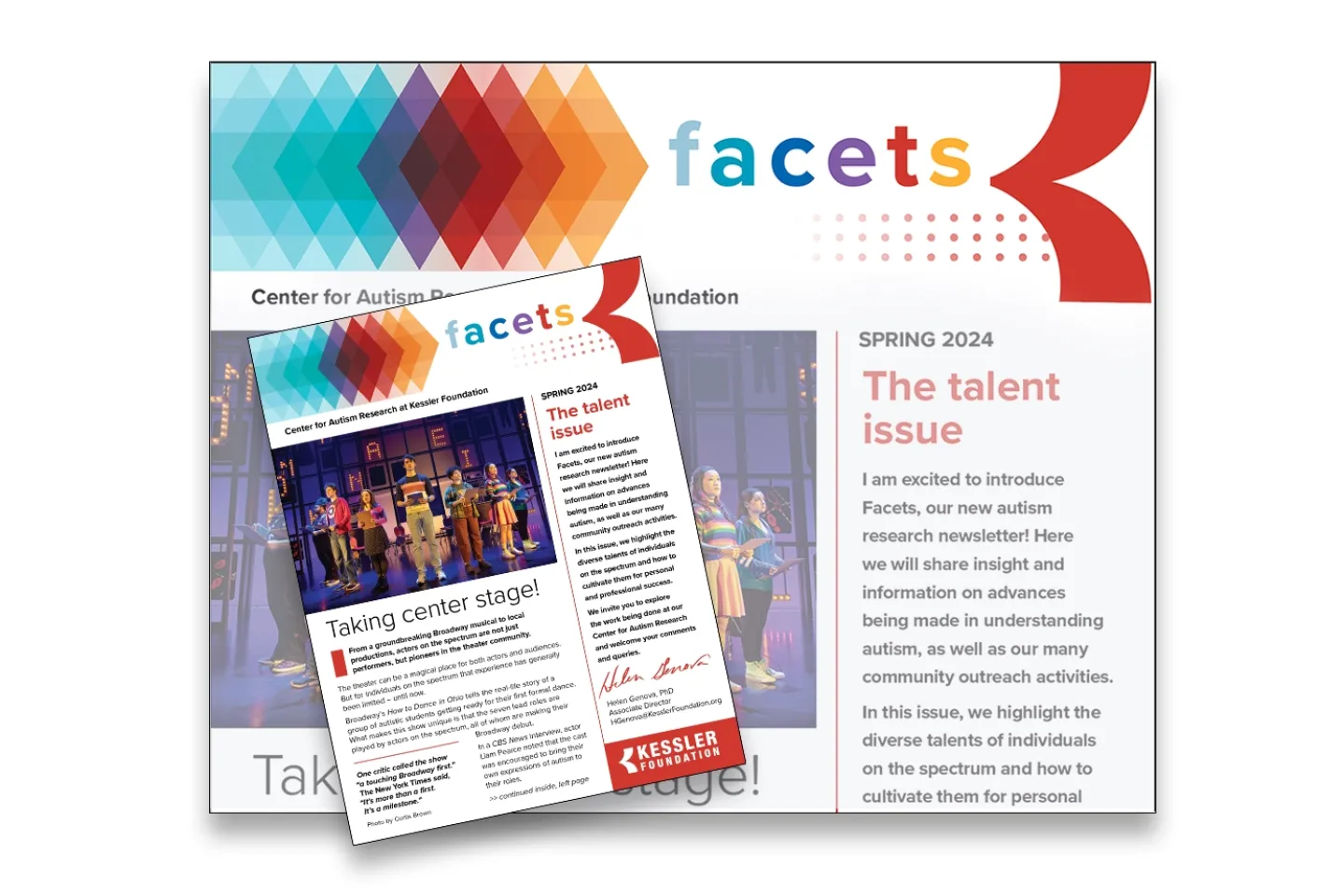
News and Views from the Experts
facets is the new autism research newsletter from Kessler Foundation where we share information and insight on advances in understanding autism, as well as our many community outreach activities.
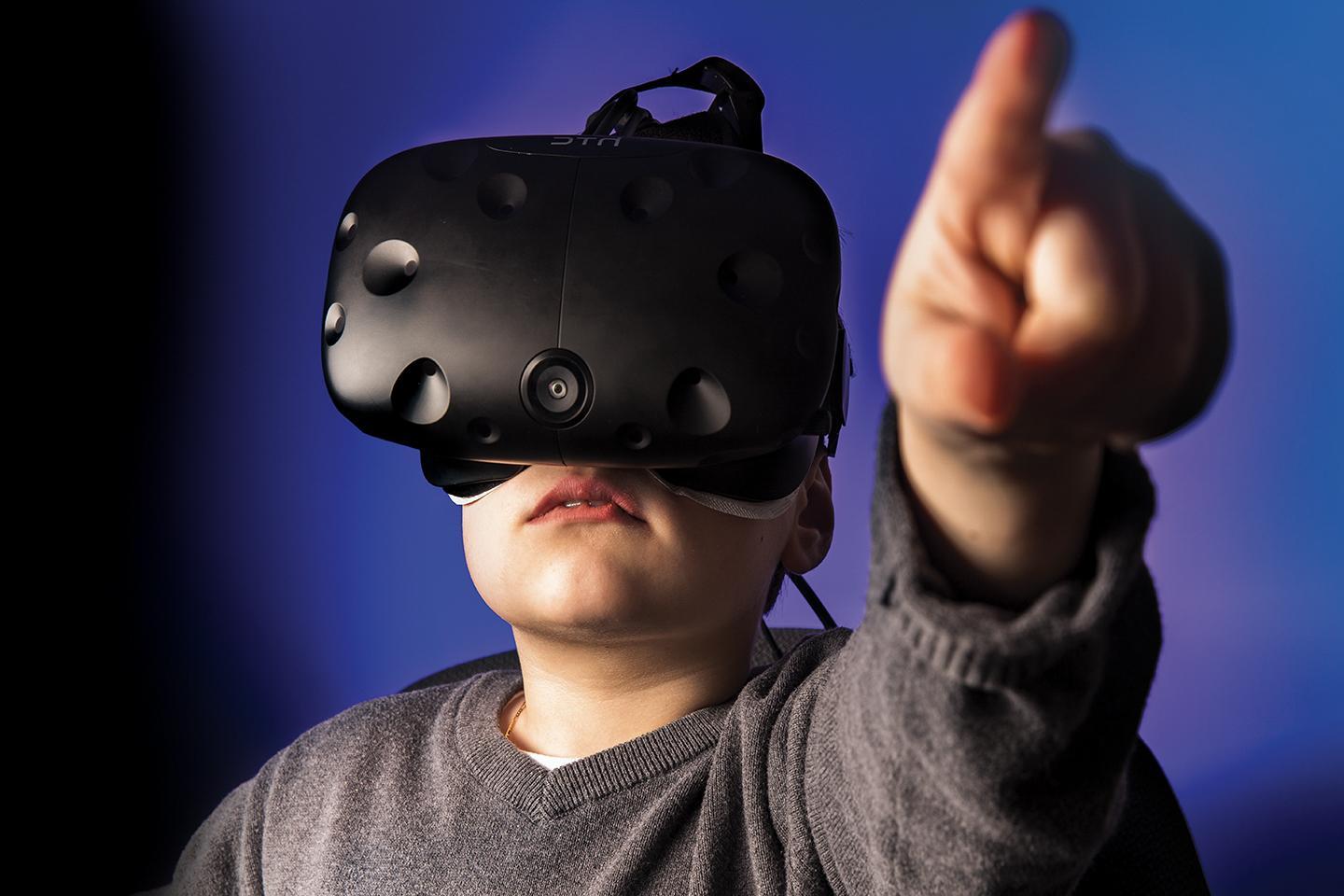
Applying Groundbreaking Techniques to Interventions
To address the complex issues facing individuals on the autistic spectrum, we have instituted a range of techniques and groundbreaking tools. These tools incorporate virtual reality technology, magnetic resonance imaging (MRI) simulation to reduce anxiety for kids on the spectrum, and neuroimaging to explore the relationship between brain function and traits of autism.

Identifying and Evaluating Individual Strength and Expression
Historically, research and treatments have focused on deficits in the lives of individuals on the autism spectrum and attempts to control their problematic behaviors. To reverse that negative pattern, we are using a strength-based rather than a deficit- or pathology-based approach to evaluate how young adults with and without autism identify and express their personal identities.

Expanding the Success Rate for Young Jobseekers with Autism
Job interviews are especially challenging for young people on the autism spectrum who have difficulties with social interactions. Developing ways to deal with these challenges is key in helping them enter the workforce to reap the personal, social, and economic benefits. The goal of the novel Kessler Foundation Strength Identification and Expression (KF-STRIDE®) intervention is to improve the likelihood that transition-age youth on the autism spectrum will secure employment.
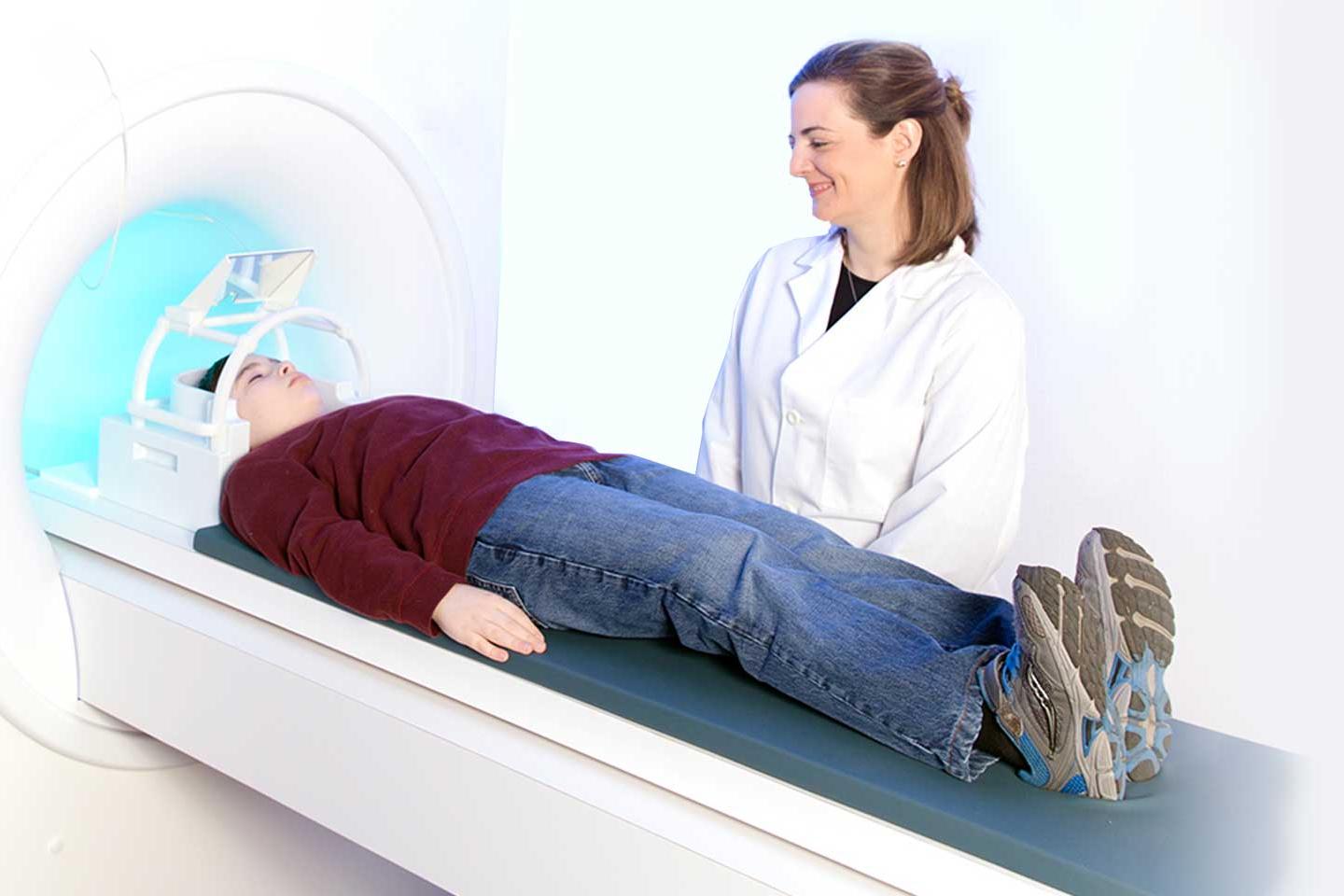
Experiencing MRI Simulator Prepares Kids for the Real Thing
At Kessler Foundation, A magnetic resonance imaging (MRI) simulator at our center has advanced research in pediatric autism spectrum disorders. While enclosed in the simulator, young participants experience the sights, sounds and conditions of an actual MRI scan. Engaging in this mock scan experience may reduce anxiety, phobias, and sensitivities to sound, as well as excessive head and body movement, enabling scientists to capture optimal images during actual MRI scans.
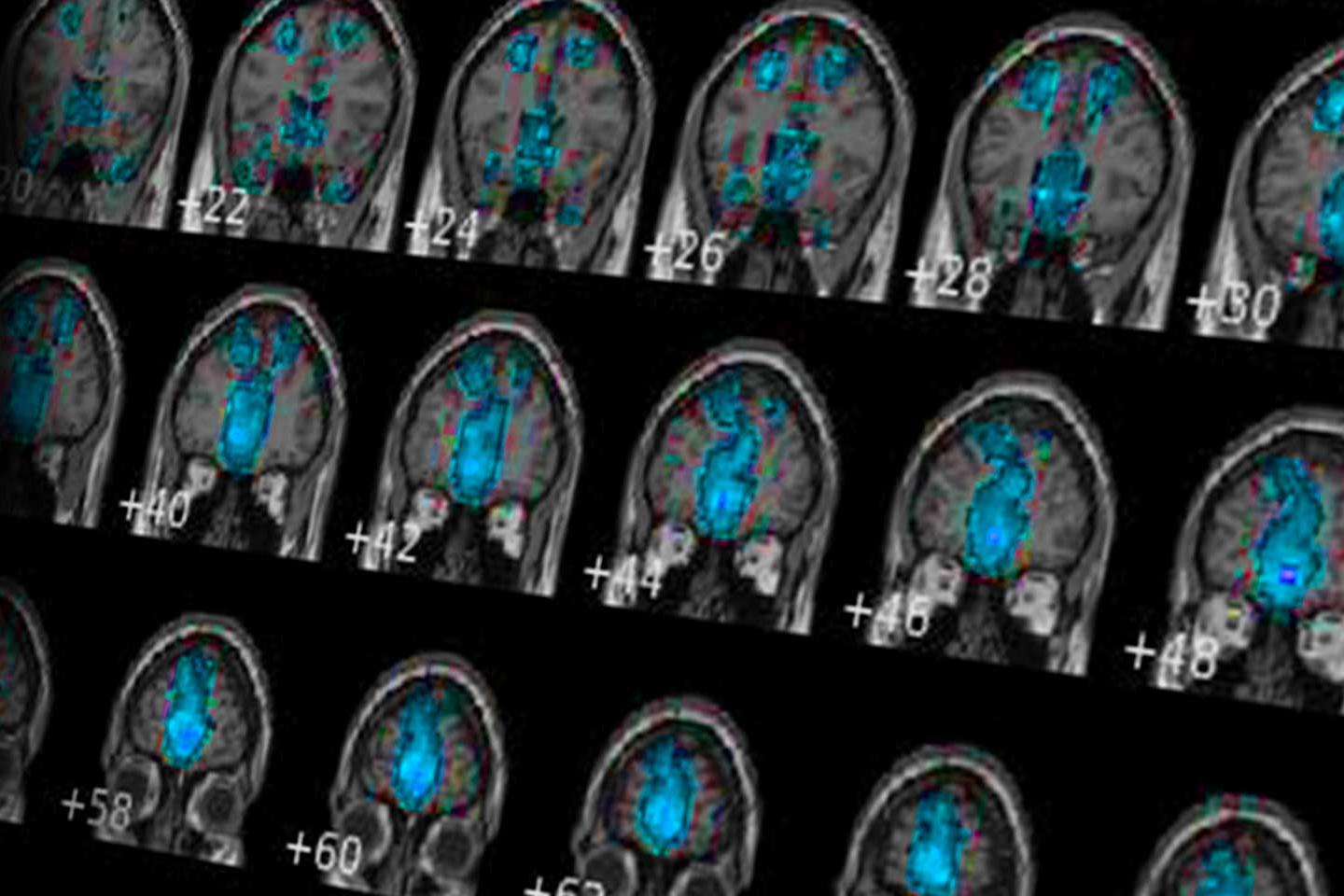
Researching Brain Connections in Pediatric Autism
Brain scans of children with autism are used to evaluate the relationship between brain function and how symptoms are expressed. Magnetic resonance imaging (MRI) is used to study how traits of autism vary in children. The scans look at functional connectivity, or connections between brain regions, rather than focusing on specific areas.

Examining Impact of COVID-19 Pandemic on Education
As school closures became mandatory because of the COVID-19 pandemic, a study by Kessler Foundation researchers discovered more negative consequences and markedly different stressors for children with autism compared to neurotypical children. The study showed that disruptions to daily routines were more common for children with autism while stress due to social isolation was more common for neurotypical children.
